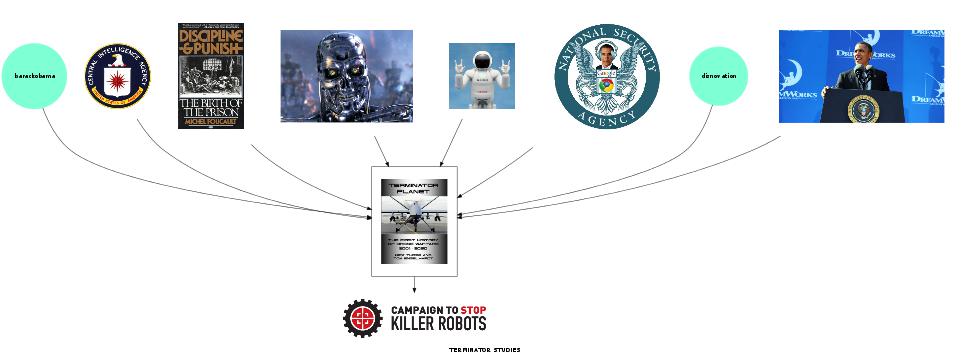The script for a long-in-the-works Top Gun sequel will find Tom Cruise's Maverick character hunting down drones, according to comments Skydance Productions CEO David Ellison made while doing press in Berlin for the latest Terminator


The script for a long-in-the-works Top Gun sequel will find Tom Cruise's Maverick character hunting down drones, according to comments Skydance Productions CEO David Ellison made while doing press in Berlin for the latest Terminator
I have heard the term “rape” used as slang to imply that someone was going to put forth great effort to defeat or accomplish a task. I first think of the nickname in this context. By nicknaming a drone “Sky Raper,” operators—who are actors of the State—own the use of rape for domination and to defeat a target, while simultaneously participating in the normalization of rape as a larger systemic issue. The drone that takes this name is literally a weapon of war, operated by US persons in the War on Terror.
The Air Force also has tried to ease the stress by creating a human performance team, led by a psychologist and including doctors and chaplains who have been granted top-secret clearances so they can meet with pilots and camera operators anywhere in the facility if they are troubled.
The biggest problem is that a significant number of the 1,200 pilots are completing their obligation to the Air Force and are opting to leave, while a training program is producing only about half of the new pilots that the service needs, Colonel Cluff said in a recent interview.
“war is not a Nintendo game, war is not something that's fought by Schwarzkopf
“They clearly have no idea, literally no idea, of who it is that they’re killing,” Chris Anders, the senior legislative council at the American Civil Liberties Union, told The Daily Beast. “And there are thousands of people who have been killed through the drone program.”
They’re not Terminators, but they sure resemble those iconic killer robots from the big screen. Think C-3PO, not T-1000. That’s the more appropriate pop-culture reference, according to Brian Lattimer, another Virginia Tech researcher working on a bipedal humanoid robot with funding from DARPA. "If I could sit down with Google people, I would want them to make a public pledge to not become involved with autonomous killer robots". DARPA, Boston Dynamics, and Google all declined interviews for this story.
Lethal Autonomous Weapon Systems (LAWS), often called “killer robots,” are theoretically able to target and fire with neither human supervision nor interference. Their development corresponds to a widespread and inevitable trend of military robotization.
Artificial Intelligence will rule Hollywood (intelligently) in 2015, with a slew of both iconic and new robots hitting the screen. From the Turing-bashing "Ex Machina" to old friends R2-D2 and C-3PO, and new enemies like the Avengers' Ultron, sentient robots will demonstrate a number of human and superhuman traits on-screen. But real-life robots may be just as thrilling. In this five-part series Live Science looks at these made-for-the-movies advances in machine intelligence.